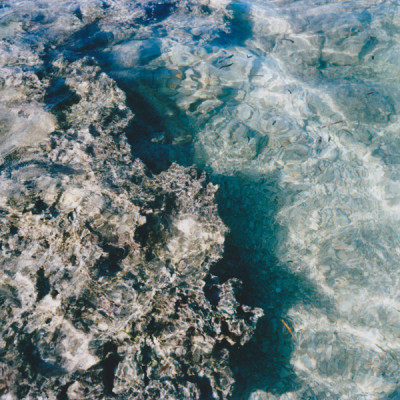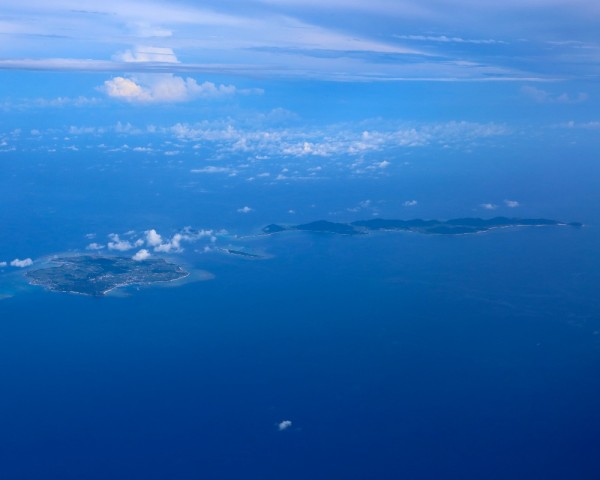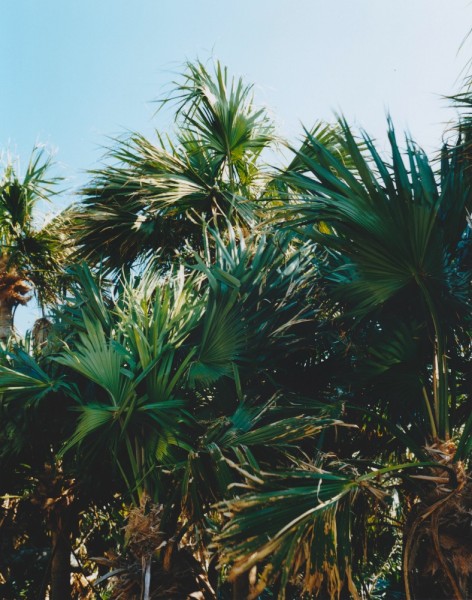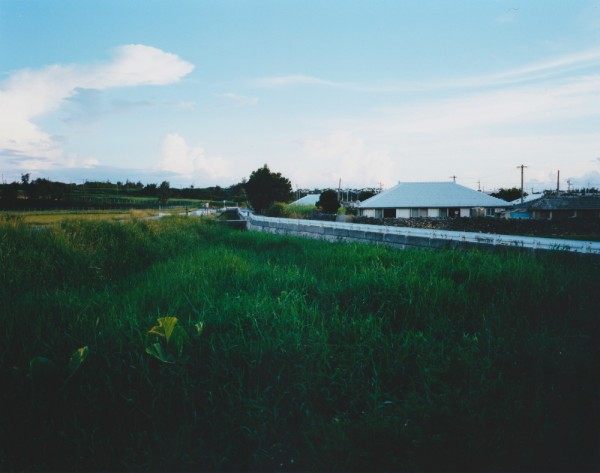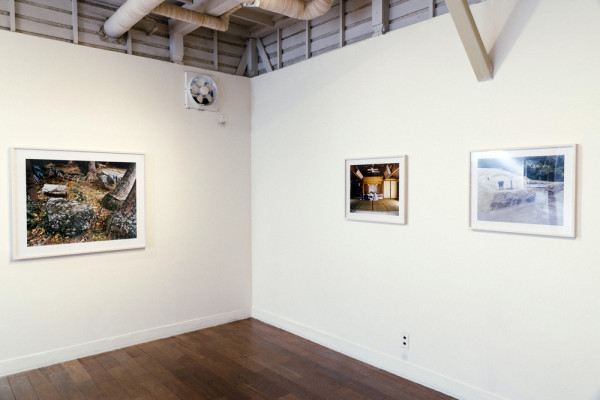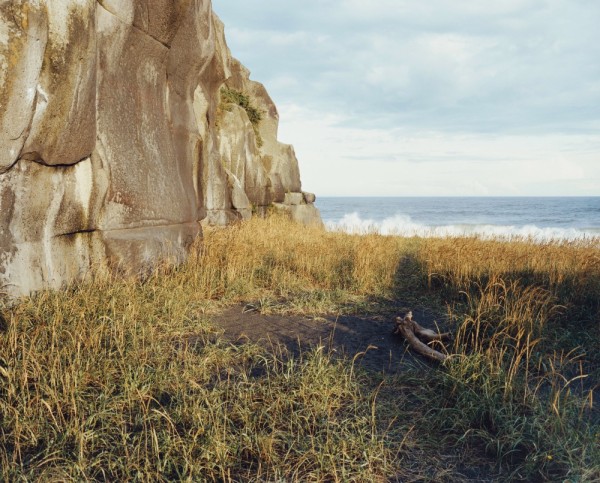 トラベル・ライフスタイル誌『PAPERSKY』(no.54)、スイス ランドスケープアート特集号にて「Jomon Fieldwork 賢者の欠片」Vol.18 「8000年前の植物利用」を寄稿しました。
トラベル・ライフスタイル誌『PAPERSKY』(no.54)、スイス ランドスケープアート特集号にて「Jomon Fieldwork 賢者の欠片」Vol.18 「8000年前の植物利用」を寄稿しました。
雑誌の詳細は下記サイトよりご覧頂けます。 『PAPERSKY』(no.54) http://www.papersky.jp
 「東北−風土・人・くらし 」展が現在ブラジルにて開催されています。
「東北−風土・人・くらし 」展が現在ブラジルにて開催されています。
2017年7月20日~8月13日 ブラジル/パラナ州博物館(クリチバ)
2017年5月26日~7月12日 ブラジル/サンパウロ市文化センター(サンパウロ)
「東北−風土・人・くらし (海外巡回展)」…震災発生から1年という節目に企画された本展覧会は、被災状況や復興の様子をリポートするものではなく、写真作品を通して、東北の風土、人、くらしを浮かび上がらせようとするものです。東北にゆかりのある、しかし世代も表現もまちまちな10人の写真家による作品で構成されており、1940年代を中心に撮影された過去の作品から、現在進行形の作品までを同時に展示し、過去・現在・未来を貫く個性的な写真家の視点を通して、奥深い東北の魅力を海外の人々に広く紹介することを目的としています。
国際交流基金HP https://www.jpf.go.jp/j/project/culture/exhibit/traveling/photo_tohoku.html
沖縄という土地との出会いによって、僕は日本という国の多様な文化的背景を幾度となく更新させてきたか分からない。自然と人間との距離の近さや土着の宗教観…死生観に至るまで、その在り方は本土とはかなり異なる世界が展開していて、特に自然を崇める人々の慎ましい行いや民間信仰として祖先崇拝が今日まで息づいていることは、文化として奥深いとしか言いようがない。それを端的に象徴していることのひとつとして、沖縄の多くの家には今日でも新暦(太陽暦)に加えて、旧暦(太陰太陽暦)の載ったカレンダーが掛かっている。それは、沖縄が四方を海に囲まれた島であり、台風や猛暑などの厳しい気象条件の中で漁撈や農耕を行う為、潮の干満や種蒔き、収穫のタイミングを図ることのできる旧暦が用いられてきたということでも十分納得ができるが、海の生活や農家の暮らしを通じて、季節の節目に祭事や行事が行われていると聞いて、さらに頷けるものがあった。
(中略)
伊平屋島に隣り合う伊是名島では、伊是名集落で唯一の神人である森茂さんというおじぃから、島の神事について度々教わっているが、そこでもすでに伝統を継承していくことは、集落の次世代の人々にとって課題となっている。しかし、僕のような外からやって来た者が、どうこういう話ではそもそもない。だが、だからといって古から受け継がれてきた祭事の存続が危ぶまれ、消滅していくのかと言えば、僕にはそうは思えない。なぜなら、島々を歩き回った日に出会った人々や、清明祭(方言でシーミーと言い、新暦の四月五日頃の清明入りから二週間の間に行われる先祖供養の行事)やお盆などの行事を共に過ごさせてもらった家族のそばにいると、祈りとは目に見えて映る光景ばかりではないということが、うっすらと分かってくるようになっていったからだ。以前の僕ならば、祈りとはその姿勢を指す言葉であると思っていた。しかし今、僕が感じ取っている祈りとは、人々の内側から湧き上がった本能的な唱えが祈りの声や神歌となり、音となって現れるようなものであって、様相や形式、振りといったものは、後々になって調えられたのではないかと思っている。言うならば、祈りの源泉はもっと深淵なる場所に在り、その境地に至った者たちは、自らの内に泉を見出し、人々は生涯を懸けてその泉を枯らすまいと、祈りを日々捧げてきたのではないかと思えてくるのだ。沖縄に見られる御嶽などの聖地には、本土の宗教のような立派な社や祭壇が見られず、教典がないのは、そうした所以ではないだろうか。 (『IHEYA・IZENA』津田直テキストより)
Having encountered with land called Okinawa, I do not know how many times I had renewed the various cultural background of Japan. Proximity of distance between nature and mankind, indigenous religious views extending to views of life and death; reality reveals a great deal of difference from those of mainland Japan. Humble behavior of those respecting nature and ancestor worship, still holding an important part in their present life, strongly supported the depth of their culture. As one aspect of its straight forward symbolism, many households in Okinawa still use the old lunar calendar along with solar calendar. We can fully understand and accept the fact that in Okinawa, an island surrounded on all sides by sea, severe weather conditions such as typhoons and intense heat wave greatly affected their fishing and farming, and the old lunar calendar was always very useful in checking the rise and fall of the tide as well as in planning adequate timing for planting and harvesting. Furthermore, I was very much convinced to know that many of the sacred rites and traditional events related to their daily lives of fishing and farming took place at the turn of their seasons.
(Omission)
At Izena Island, which is an island next to Iheya Island, gramps Morishige-san, who happens to be the only remaining kaminchu in Izena community, has taught me about various rituals of the island, but he has also mentioned that one of the big themes for next generation community people is the succeeding of traditions. However, someone like myself, who is completely an outsider, is in no position to make a comment on the matter. Yet, I am not fully convinced that there is a fear that these rituals handed down for generations are unlikely to continue and will become extinct. It is because, through being in contact with people whom I met on the day I walked around the island and whom I spent time together participating in each of the rituals with a family at Seimei-Festival (called seeme in the area as an Okinawan dialect, pertaining to ancestor worship at graves taking place within two weeks after Seimei, one of thetwenty-four divisions of four seasons, which comes around April 5th on solar calendar) and Bon Festival, welcoming deceased ancestors in each family household, I have come to vaguely feel that praying was not only what we saw in the action of the people. In the past, I probably would have interpreted prayers to be words explaining people’s actions. However, what I feel to be a prayer now is something that has swelled up from the bottom of one’s heart as an instinctive chant, becoming voices of prayers and songs for gods. I believe that it appears as sounds, with looks, formats, and actions added on later. In other words, I feel that the origin of prayers exists in the depth of someone’s heart, and those that have reached the high spiritual ground are able to notice one’s own spring within themselves. With such accomplishment, they will continue to devote their lives to avoid the spring from drying up and will continue to offer daily prayers. Such is the reason, I believe, for the sacred places such as Utaki in Okinawa not having gorgeous shrines and altars and not possessing any scriptures as in other Japanese mainland religions. (From IHEYA・IZENA, Text by Nao Tsuda)
津田の「縄文歩き」はその土地に今でも残る縄文時代の生活の痕跡を身体で解いていく作業であり、それらの集積は研究者的な視点による事実の体系化に留まることなく、作家の関心は自然観・死生観・時の捉え方など、縄文時代の精神文化へ向けられています。
これらの縄文・続縄文時代の遺物は、単なる「モノ」ではなく、「形ある霊魂」であり「循環する命」そのものなのだと津田は考えます。その姿を紐解くべく像の階調を反転させた作品について、作家は、反転した世界=ネガの世界のうちに、暗闇には光が灯り、光には暗闇が仕舞われているのだと語っています。
生きとし生けるものは、この世に姿を現すときよりも、姿を消してゆくときの方が、よりその存在が露わになるのではないだろうか。一万年という果てしない地層を一頁ずつめくり、闇と影の間に光が蘇ったとき、我々の目には何が映り、何が残されてゆくのだろう。(Taka Ishii Gallery「Grassland Tears」展プレスリリースより)
Through his “Jomon walks”, Tsuda also physically experiences the traces of Jomon era life that remain in the local regions. Going beyond the researcher’s objectification of accumulated data, Tsuda has directed his attention to the spiritual culture of the Jomon period and its perspectives on nature, time, and life and death.
For Tsuda, these Jomon relics are not mere objects. They are instead “spirits with physical form” and “reincarnated life”. Regarding the images of these objects, which he has produced in negative to disclose their true meaning, he explains that in the world of the negative, i.e. the reversed world, there is light in darkness and darkness hidden within light.
All living things disclose their existence more fully in their disappearance from than their appearance in this world. When we turn the pages of a seemingly eternal, ten thousand years of geological layers, one by one, and light returns to the space of darkness and shadow, something is reflected and retained in our eyes.(From the press release of “Grassland” Tears exhibition at Taka Ishii Gallery)


